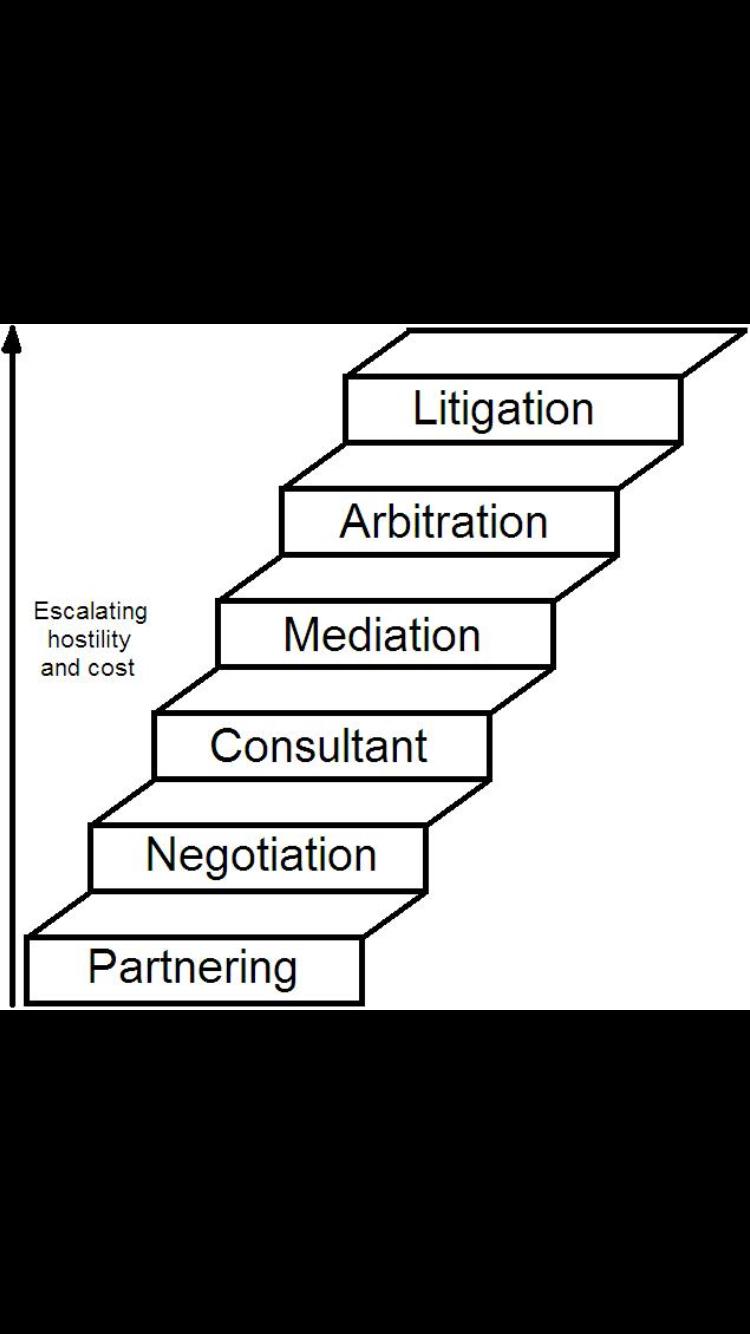What are the Three Basic Types of Dispute Resolution? What to Know About Mediation, Arbitration, and Litigation
What are the Three Basic Types of Dispute Resolution? What to Know About Mediation, Arbitration, and Litigation
- Mediation
The goal of mediation is for a neutral third party to help disputants come to consensus on their own.
Rather than imposing a solution, a professional mediator works with the conflicting sides to explore the interests underlying their positions.
Working with parties together and sometimes separately, mediators try to help them hammer out a resolution that is sustainable, voluntary, and nonbinding.
- Arbitration
In arbitration, a neutral third party serves as a judge who is responsible for resolving the dispute.
The arbitrator listens as each side argues its case and presents relevant evidence, then renders a binding decision.
The disputants can negotiate virtually any aspect of the arbitration process, including whether lawyers will be present and which standards of evidence will be used.
- Litigation
The judge or the jury is responsible for weighing the evidence and making a ruling. Information conveyed in hearings and trials usually enters the public record.
Lawyers typically dominate litigation, which often ends in a settlement agreement during the pretrial period of discovery .
